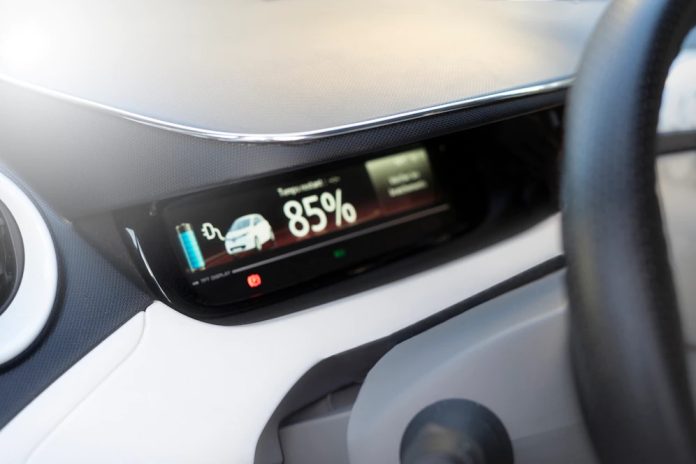Complete Security
The Autonomous Initiative cited a McKinsey forecast valuing the autonomous vehicle market at $1.6 trillion by 2030 and also expressed confidence that Level 4 automation can reduce fuel consumption by 15- 20%, reducing emissions and providing new mobility opportunities for the elderly and people with disabilities. . But to achieve these achievements, Level 4 Automated Driving Dashboard emphasizes that reliable security and not availability for autonomous driving is essential to win the trust of the public. they.
Peter Schaefer, EVP and CMO of Infineon’s automotive division, pointed out that all sorts of “components” must be put together to “create a reliable system”. He said it will come from a combination of technology, consumer trust, and reliable electronics. Schaefer added during the conference: “The other fundamental issue that needs to be addressed is making systems safe, secure, and highly available.” “If we have a great Tier 4 system and it’s not available, eventually consumers will lose confidence in the new systems.”
Stefan Poledna, CTO of TTTech Auto, added that the ultimate path to public trust is to demonstrate that autonomous vehicles are safer than human drivers. The system’s current capabilities are good, the speakers agreed, but achieving 100% reliability “could be a long journey,” admits Schaefer. However, Indu Vijayan, director of product management at AEye, a developer of software-defined lid sensors, said she believes Level 4 automation will be available to personal vehicles within a decade. a century or earlier.
Hardware, Software, And Systems
When asked if improving hardware or software is more important to promote a high degree of vehicle automation, panelists disagreed and said that both are important. . “It’s a holistic approach to having a reliable system,” says Infineon’s Schaefer.
Vijayan provided data on how cognitive system performance is evolving to deliver greater sophistication – and safety. 120 to 160 meters (394 to 525 feet) is currently the target for “small object observation at a distance” for highway-oriented Level 4 autonomous driving systems, she said. Several automakers are now marketing “hands-free” driver assistance systems designed primarily for highway driving, but all fall into the Level 3 category – meaning even When the system accelerates, decelerates, and controls the vehicle, the driver must be ready at all times. to control if necessary. This distinction is one that Vijayan says is important, noting that the system’s boundaries must be clearly defined for the end user. A recent study published by the Insurance Institute for Highway Safety (IIHS) supports this view, concluding in a survey of 600 ADAS system users from various automakers that This user “has a poor understanding of the limitations of the technology,” according to IIHS President David Harkey.
The panel agreed that security considerations should not be dominated by specific strategic choices related to hardware, such as chipsets or software, and that ensuring system security should not be considered in terms of competition but in the context of cooperation. “Obviously we need backup; No chip, sensor, or software component can do it alone,” said TTTech’s Poledna at the conference.
Commercial Deployment In Progress
At The Autonomous Main Event conference, there was also discussion on the increasingly accepted premise that commercial vehicle business cases for Level 4 automation are outpacing personal vehicle deployment. . “I mean yes,” says Magnus LilJeqvist of Volvo Trucks. “The L4 is absolutely the ‘golden nugget'” for commercial vehicles, he said, adding that there are good business cases for Level 4 automation “even within limited SDGs” (field of operational design)”.
Hakan Schildt, senior vice president of the Traton Group, considers level 4 to trucking as a “gradual progression” of ODD service limited to A-to-B routes. conference: “We can scale profitably. “This scaling leads to rapid ODD scaling. It’s really a scaling business.
Annie Lien, deputy general director of artificial intelligence development firm VinAi, admitted to having a different view from many Tier 4 truck industry supporters. She said a Level 4 activity for private vehicles will “probably take longer [to do] than people think. She predicts that significant L4 adoption will come “much later” than 2030. We will be drivers for a long time,” she said, adding that a driver monitoring system, one of her company’s products, is essential and will be needed in a period of time.









